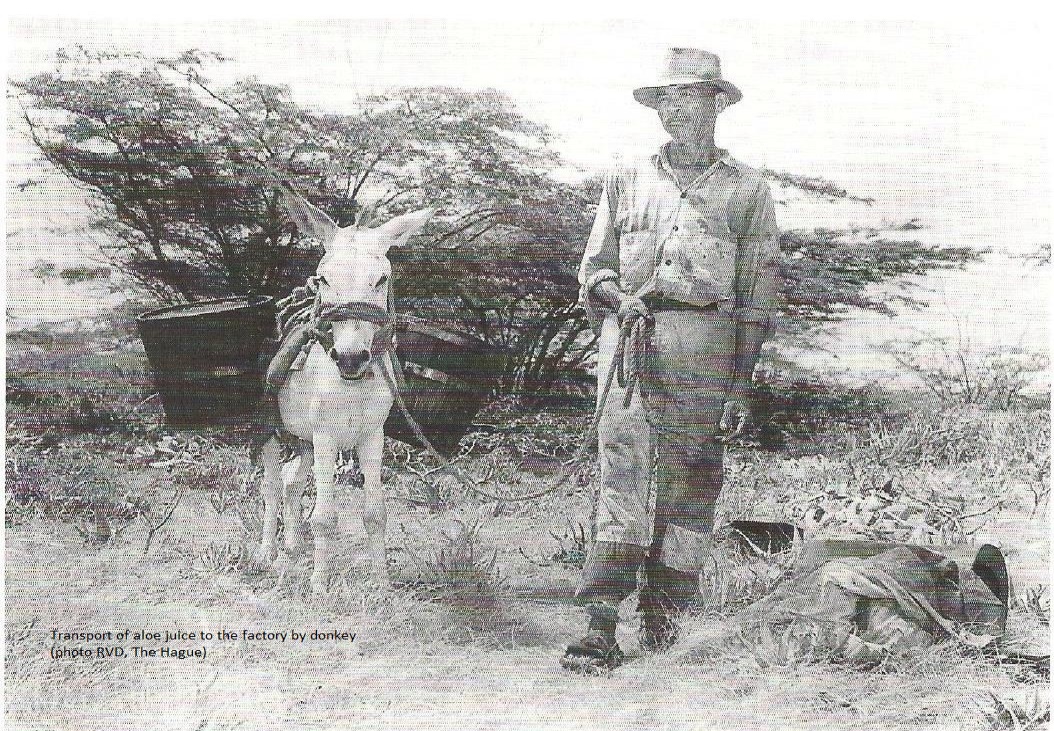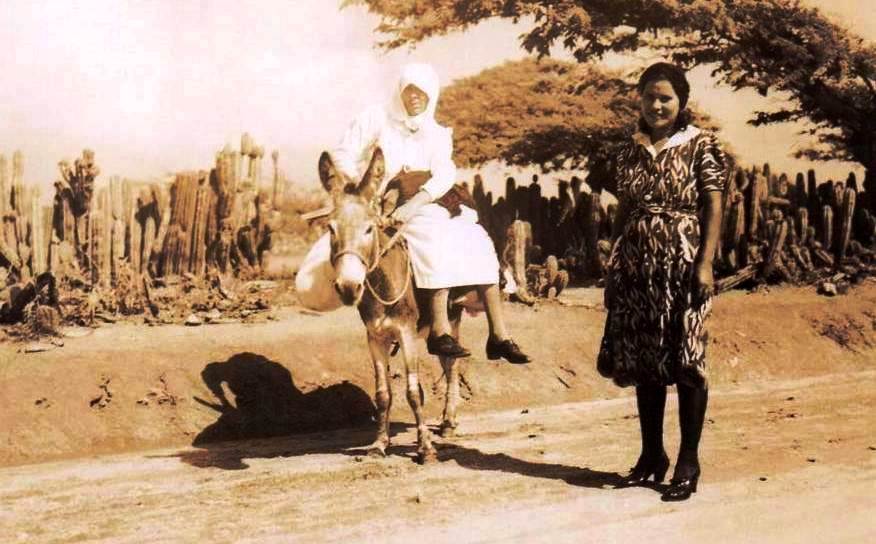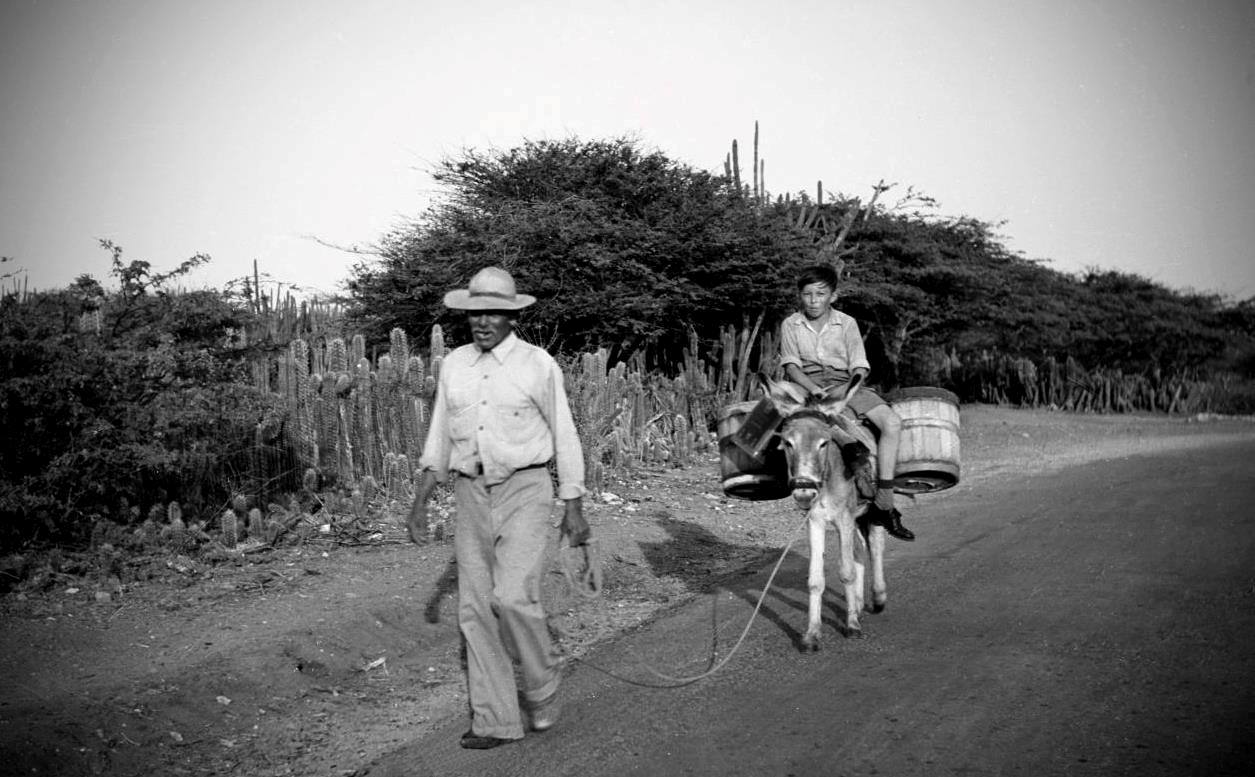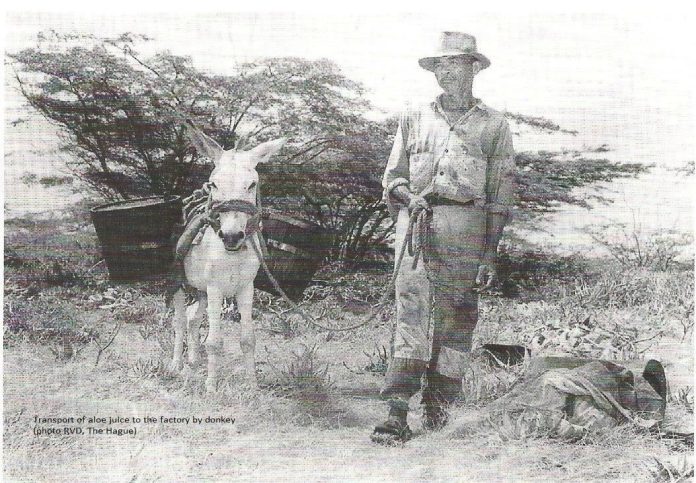Booking a magical glimpse inside Etnia Nativa
Article by Etnia Nativa call us 592 2702 and book your experience!
Each week, Island Insight shares an Aruban story with you through the eyes of Etnia Nativa, who welcomes island visitors with an experience way beyond tourist attractions. We link readers with the mystical aspects of the island, its native culture, and its traditional heritage. During this episode, we explain the important role that our friends, the donkeys, played in Aruba.
A donkey is an animal that has been mistreated forever. Donkeys (Equus asinus) are not native to Aruba and arose from the domestication of the North African wild asses (Equus africanus) more than 10,000 years ago, pretty much at the same time as horses in Eurasia. Since then, they have been used as pack animals, mounts, and, dare we say, donkeys, for ridicule!

The first ones to catch the wild asses were the Egyptians; for them, the donkey represented ignorance, which they alluded to by putting an elaborate “donkey’s head” on those who, due to their ignorance, deserved it, as they also considered donkeys to be a symbol of strong winds and bad omens and were usually mistreated.
During the Roman Empire, the donkey was not only considered bad luck, but there was also a fable about the god Jupiter, who had sent mortals back on donkeys with “the treasure of eternal youth.” However, the long journey tired the donkey, who took the chance to stop and drink some water from a fountain nearby, where a snake was enjoying the freshness of the water. Seeing it, it said, “Donkey, give me that which you are carrying on your back, and I will let you drink from my fountain! So the tired and tied donkey did not hesitate to exchange the treasure of eternal youth it was carrying for a few “sips” of freshwater. From that moment on, snakes obtained the privilege of changing their skin, thus recovering the freshness of youth by shedding their old skin while we mortals aged. Getting closer to the present, around the year 1000 B.C., the donkey became a popular mode of transportation in Egypt, Asia, and Europe, from which they traveled to America.
Aruban donkeys arrived through the Spanish trade with the island, providing personal transportation and manure and being used as pack animals by our forefathers. They were a commodity in those days; since having a large number of donkeys meant that they could be used as an exchange measure when money was scarce. In that way, the fortune of a person, particularly farmers and merchants, could be partly measured by the number of “buricos” –means donkeys in our language Papiamento-they possessed during Aruba’s colonial era.

With the arrival of the automobile, our friend, the donkey, was gradually forgotten. Some were loose; others escaped their owners, forming packs that roamed the northern coastal areas of the island freely and reproduced in large numbers. Many were killed by cars during the night. People were also angered when they created havoc by entering plantations, private gardens, and residential areas, eating everything green to the roots, tumbling garbage canisters, etc. Others had the bad luck to be coughed up and sold as animal food for tigers and lions when an occasional traveling circus visited the “happy island.” Also, many were killed by dogs’ attacks and other accidents.
Today, visiting families and their children do have fun with the burros at the donkey sanctuary. A good-hearted initiative has created a safe haven for Aruba’s buricos. In 1997, the “Stichting Salba Nos Burico,” aka “Save Our Donkeys Foundation,” was established, creating a safe haven for injured or displaced donkeys. Years later, it began to be known as the Donkeys’ Sanctuary.

Would you like to know all about Aruba? Get connected to Etnia Nativa, the navel of Aruba and a real hidden island treasure. Discover how this unique place is a repository of scientific knowledge and select collections.
Etnia Nativa is a tribute to Aruba’s rich history and cultural heritage, involving a beautiful property made only with reused materials and guided tours by the owner, the main cultural columnist of this newspaper, whose native roots date back to 1640. Visitors can enjoy a diverse array of artworks, objects, artifacts, dissected animals, plants, historical colonial furniture, and many more things while diving to the navel of Aruba. Book your visit: WhatsApp +297 592 2702 or etnianativa03@gmail.com

















